|
I have written about Giacommetti before when the National Portrait Gallery put on an excellent display of his portraits. That one focused on his paintings. This monster exhibition at Tate Modern focuses mainly on his sculpture. All the photos in this post are taken from the Tate website. It is a big show, occupying some 10 rooms and running until 10th September. I knew I was going to enjoy this, already being a fan of Giacommetti and I have to say I was not disappointed. It is not all sculpture though, there are some portraits and there were some pieces I had seen at the previous exhibition but it was nice to see them again, in amongst the new stuff, and there is allot of new stuff The show takes you through roughly chronologically but it is also thematically laid out. The first room you come to is just heads (or busts), sculpted in a variety of different media, usually either plaster or bronze. Some strictly figurative, some more abstract, some completely so and of course featuring the flattened elongated heads for which Giacommetti is most famous. It was an eye opening example of both his skill and his diversity. I was more of a fan of the more abstract or different pieces. I find most figurative sculpture to be strangely unemotional and difficult to engage with. I can appreciate them as aesthetic objects but that is often where it ends. The more abstract ones though provide more of a depth for me to engage with. The next room contained some of my favourite pieces. More conceptual movable sculptures that reminded me a bit of Alexander Calder’s mobiles. They had that same sense of joy and fun to them. I often think it is a shame that these pieces and firmly strapped under glass and you cannot move them, in a way that they are crying out to be moved. The picture below of a sort of melon slice being intersected by a ball on a string is a good example. Along the side of this room were a series of small abstract sculptures. The ones I liked best were at the end, very minimalist flat sculptures, in marble and sort of plectrum shaped with only very faint markings to suggest the head or face the represent. The next room is where the big stuff starts appearing. Giacommetti had an obsession with ancient Egyptian sculpture and this is shown in sketched in text books and various sketch books both on displayed in person and in digital form on I-pads. The inspiration for this flows through to his sculpture specifically walking woman, a sensual rendition in soap stone. Giacommetti also tried his hand at these very endearing tiny sculptures. I mean really tiny, barely do they top an inch high. They are cute, and also fascinating, their tininess inviting intense examination. They were some of my favourite things in the exhibition. I think that all you have to do is a sculpture is suggest a figure and a face, and if you do it in an effective way the human brain will fill in the detail and add its own character. Certainly I think this happens with these small pieces. In the next room you see the arrival of the famous flattened sculptures, not just people but also a very ill looking dog. Partial sculptures like a pointing hand and a tall figure without a head also appear. They have that gaunt textured appeal, almost elf of wood spirit like in some respects but at the same time quite threatening. As mentioned previously these provoke an emotional reaction in me which most sculpture does not. The show has manage to get back together Giacommetti’s sculptures of women that he did for a Venice biennial. They are large pieces, not quite life-sized but still large and made of plaster. One of the things I appreciate about these pieces is that they are feminine without being sexual or sexualized. This is true of most of his later female sculptures. I also like the way he used his wives (he had two) and brother as his most frequent subjects. The brother is I think the inspiration for the archetype flattened male figure. They appear both in sculpture and in painting form. His strange dark paintings often with the face almost scratched out. I like his paintings. More in fact than I like his sculptures. The paintings have a wistful sorrowful quality and the consistent use of grey and white almost monochrome is interesting. You would think this would act as a barrier but it does not. Oh yes and because I am organising an exhibition now I am going to shameless plug it every chance I get hence:.... .
0 Comments
Leave a Reply. |
Archives
June 2024
Categories |


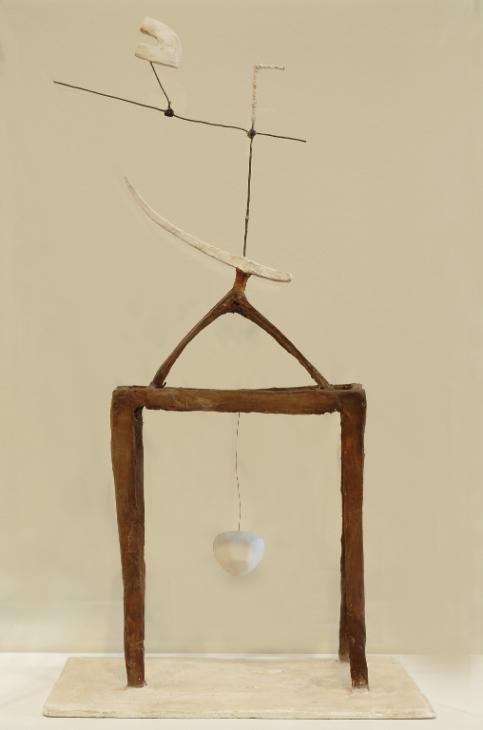
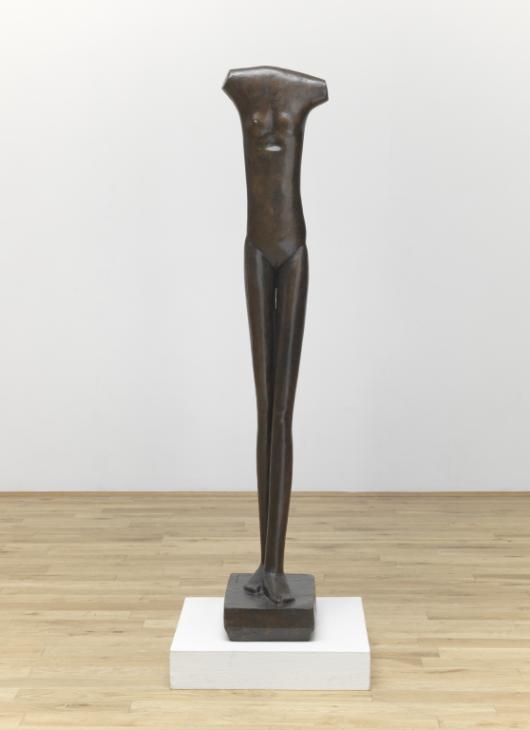

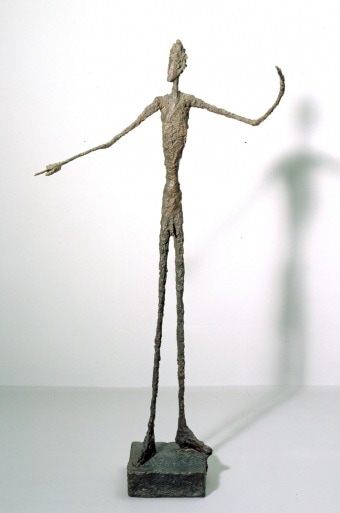
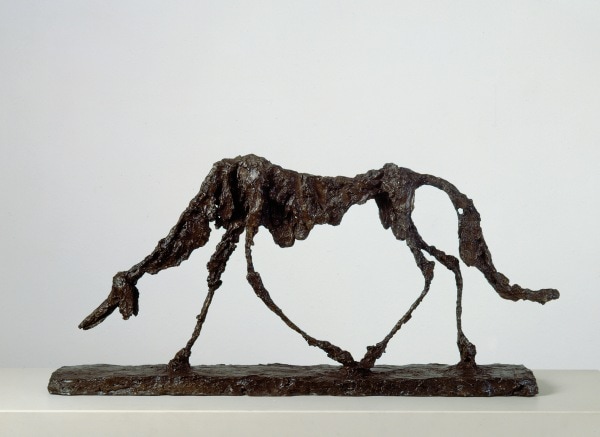
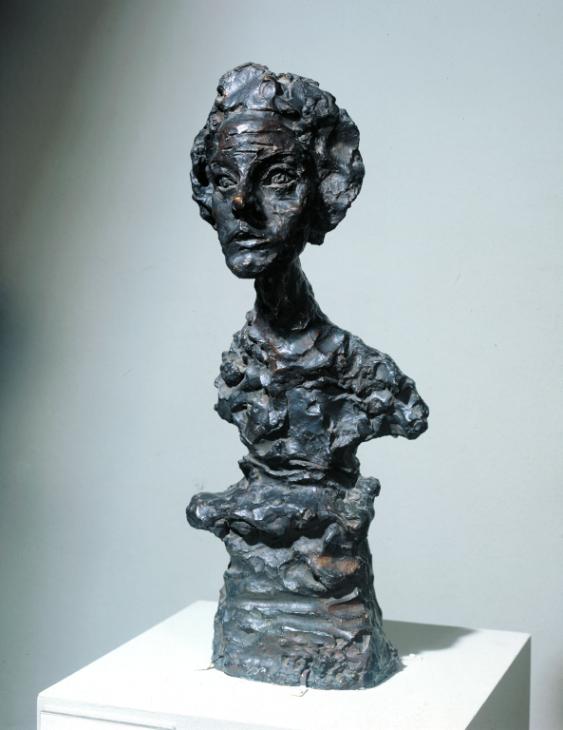

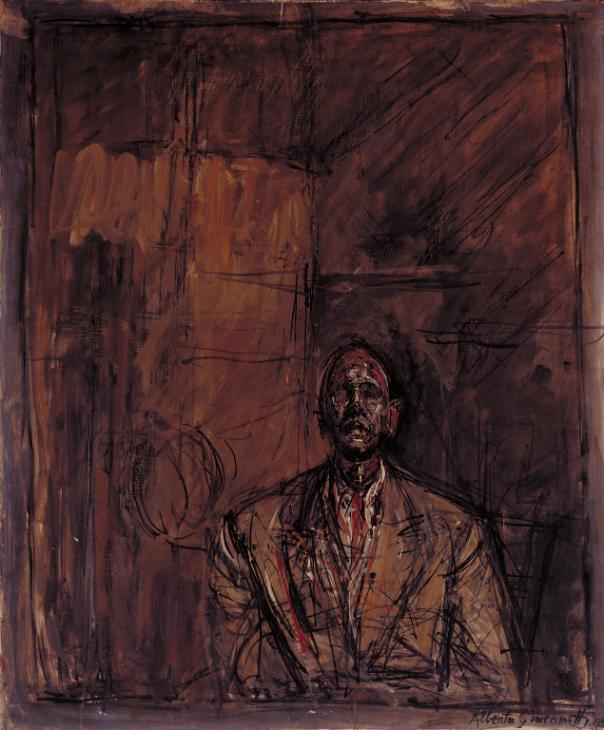

 RSS Feed
RSS Feed